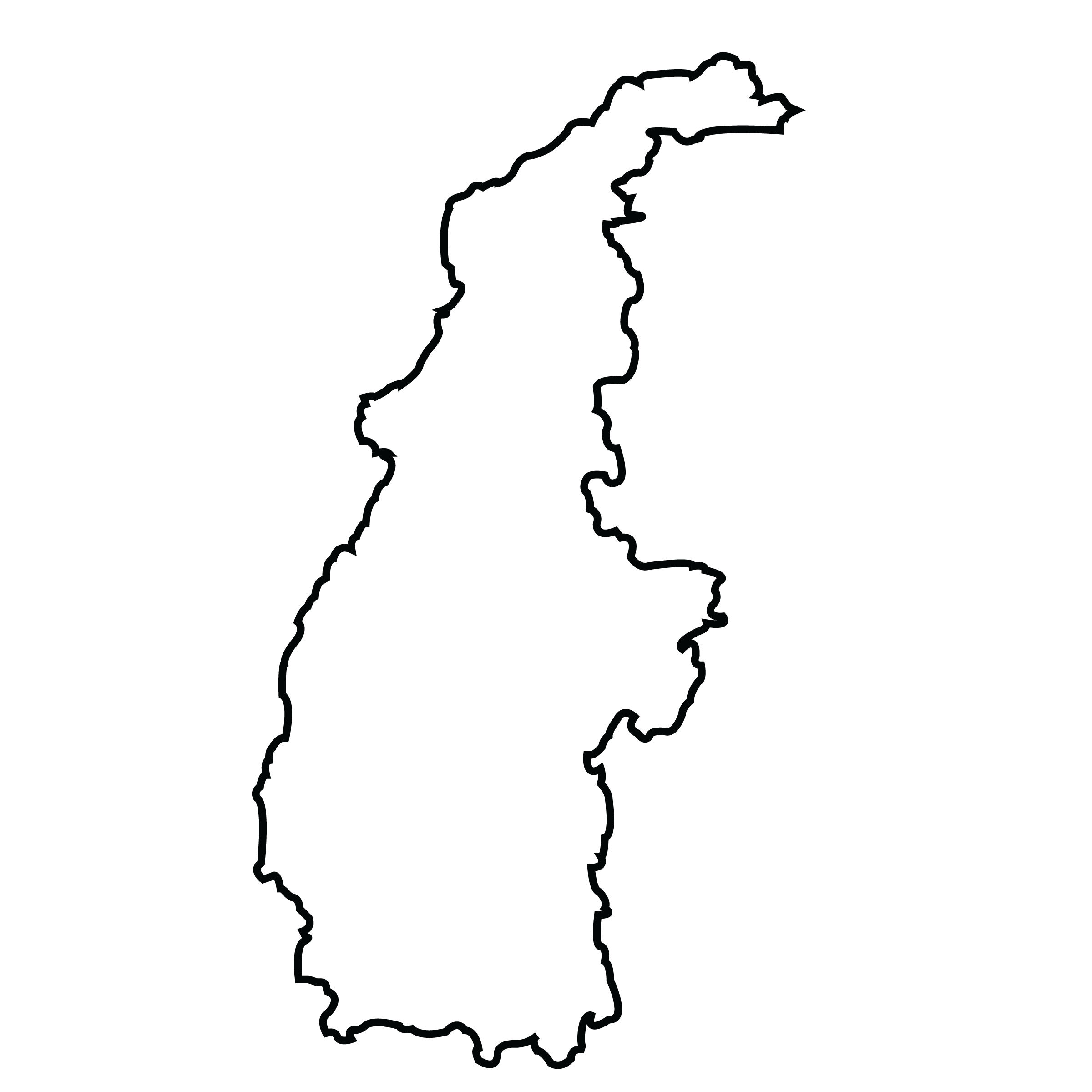Vertical Tabs
Sagaing State

Sagaing Region, formerly Sagaing Division is an administrative region of Burma (Myanmar), located in the north-western part of the country between latitude 21° 30' north and longitude 94° 97' east. It is bordered by India’s Nagaland and Manipur States to the north, Kachin State, Shan State, and Mandalay Region to the east, Mandalay Region and Magway Region to the south, with the Ayeyarwady River forming a greater part of its eastern and also southern boundary, and Chin State and India to the west. The region has an area of 93,527 km². In 1996, it had a population of over 5,300,000 while its population in 2012 was 6,600,000. The urban population in 2012 was 1,230,000 and the rural population was 5,360,000. The capital is Sagaing.
Sagaing Region consists of eight districts divided into 34 townships with 198 wards and villages. The major cities are Sagaing, Monywa, Shwebo, Katha, Kale, Tamu, Mawlaik and Hkamti. Mingun with its famous bell is located near Sagaing but can be reached across the Ayeyarwady from Mandalay. In August 2010, three former townships of Sagaing Region were transferred, in accordance with the 2008 constitution, to a new administrative unit the Naga Self-Administered Zone which is no longer part of Sagaing Region. Those townships were Lahe, Leshi and Nanyun.
The Bamar (Burmans) are the majority ethnic group in the dry regions and along the Mandalay-Myitkyina Railroad. Shan live in the upper Chindwin River valley. A sizable minority of Naga resides in the north of north-west mountain ranges and Chin in the south. Smaller ethnic groups native to the Region include the Kadu and Ganang, who live in the upper Mu River valley and Meza River valley. Agriculture is the chief occupation. The leading crop is rice, which occupies most of the arable ground. Other crops include wheat, sesame, peanut, pulses, cotton, and tobacco. Sagaing is Myanmar’s leading producer of wheat, contributing more than 80% of the country's total production. Forestry is important in the wetter upper regions along the Chindwin River, with teak and other hardwoods extracted. As in other parts of the country, reforestation is not effective enough to maintain sustainable forestry.
See how the Mary K. Yap Foundation is supporting programs like the "Myanmar Orphans" Project ....Learn more >
Copyright © 2014 - 2025 Mary K. Yap Foundation Inc. All rights reserved.
Designed by WTCMM
Languages
- English

- myanmar


